Intel: For Mainstream Gamers, Our IGPs Are Equivalent to Discrete GPUs
by Anton Shilov on January 14, 2016 12:03 PM EST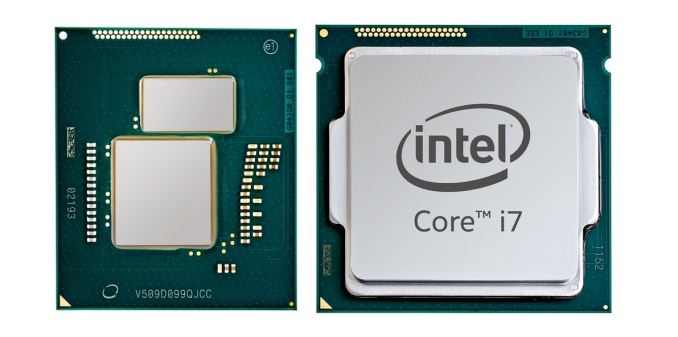
Intel’s integrated graphics processors (iGPUs) are the most widespread PC-class graphics adapters on the planet. Enthusiasts of high-performance personal computers do not use Intel’s iGPUs, but the world’s largest developer of microprocessors says that for mainstream and casual gamers its graphics solutions offer performance, which is comparable to that of inexpensive discrete video cards.
“For the mainstream and casual gamer, we have improved our Iris and Iris Pro graphics tremendously,” said Gregory Bryant, vice president and general manager of the desktop client platforms at Intel, at the J.P. Morgan Tech Forum at the 2016 International CES. “We have improved our graphics performance [by 30 times] from where it was five years ago. We believe that the performance of Intel’s integrated graphics today, what we offer in the products […], is equivalent to the performance of about 80% of discrete [GPU] installed base.”
Intel has been improving its integrated graphics cores at a rapid pace after the company cancelled its discrete graphics processing unit code-named Larrabee in 2010. Thanks to timely transition to newer process technologies, Intel could increase transistor budgets of its central processing units significantly every couple of years. As the company did not increase the number of general-purpose cores inside its mainstream CPUs for desktop and mobile personal computers in the recent years, the lion’s share of that additional transistor budget was spent on iGPU-related improvements.
Intel considers its code-named Clarkdale and Arrandale processors its first-generation CPUs with integrated graphics (which is not entirely correct since these CPUs had two dies: the processor die as well as graphics and integrated memory controller die). Back then, Intel’s most advanced iGPU featured 12 execution units (EU) with peak compute performance of around 43 GFLOPS. Since then, the architecture of Intel’s integrated graphics processors has evolved to accommodate new features and gain performance. Today, each EU features two ALUs that can execute up to four 32-bit floating point or integer operations per cycle (in fact, one of the two ALUs in Intel’s Gen8 EU also supports double precision 64-bit floating point operations). Intel’s latest microprocessors — Broadwell with GT3e and Skylake with GT4e graphics cores — have Iris Pro iGPUs with 48 and 72 EUs as well as peak compute performance of 883 and 1152 GFLOPS, respectively.
While Intel did not define what it considered to be the installed base of discrete graphics cards, it is obvious that the company compares its recent Iris and Iris Pro integrated graphics processors to discrete graphics adapters sold in the last five or even more years and which are currently in use.
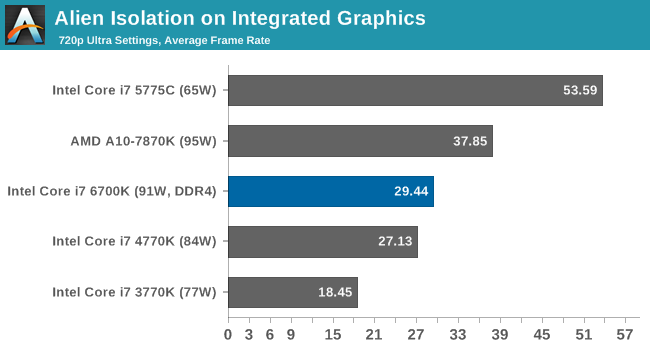
Intel’s latest integrated graphics processor found in its Skylake chips — the Iris Pro 580 with 72 execution units and 1152 GFLOPS compute performance — should outperform even more advanced discrete graphics processors. In fact, AMD's latest integrated graphics core also outperforms the low-end graphics card (albeit, by a small margin).
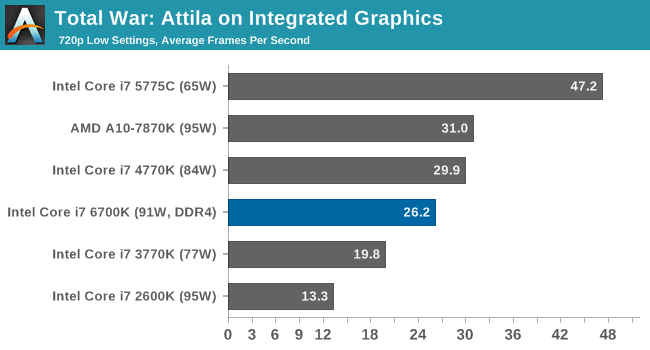

Because many people do not play demanding games that use the latest application programming interfaces (APIs), performance and features of Intel’s modern iGPUs may be enough for their needs. Moreover, since casual and even some mainstream gamers usually buy low-end graphics adapters, Intel’s Iris Pro 6200 and Iris Pro 580 can actually outperform such GPUs (or offer similar performance). It is not clear whether 80% of discrete graphics boards currently in use belong to the entry-level segment, but it evident that contemporary iGPUs are somewhat better than cheap video cards.
Even though enthusiast gamers do not use Intel’s high-end iGPUs, the company continues to thrive because of PC gaming. According to Intel’s management, sales of its Core i7-series microprocessors set records in Q2 2015 despite weak demand for personal computers overall. Moreover, Intel claims that shipments of high-end enthusiast-class hardware in general are at all-time high and growing. Intel sells not only powerful Core i7 CPUs with unlocked multiplier to demanding gamers, but also chipsets, solid-state drives, various controllers and other components for high-end PCs. As a result, the company takes advantage of increasing demand for powerful personal computers.
Source: Intel Investor Relations


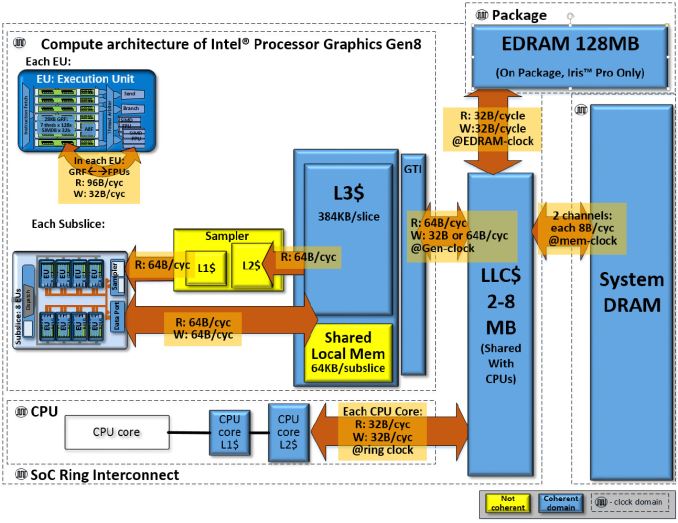
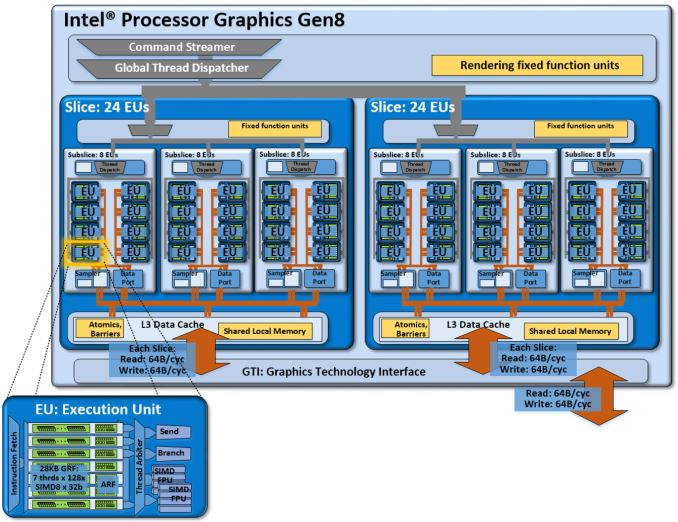








96 Comments
View All Comments
LarsBars - Friday, January 15, 2016 - link
When I got into PC gaming, it was basically just me trying to see if the family desktop PC had enough power to play the game in question. With an Athlon XP and similar-era complimentary GPU from Compaq, there were definitely games that I could not even play. Battlefield 2, for example, REQUIRED DirectX9 at the time. As in, the game wouldn't boot without DX9 support. TONS of the PCs at the time were not DX9 capable. Tons of my friends couldn't even afford any graphics card that was DX9 capable. One friend saved up for a GPU, thinking it would work, but Battlefield 2 still wouldn't even launch. Friends at school might encourage me to play a game with them, but it's hard to ask mom and dad not only for a game, but also some expensive gizmo that goes into the family computer, and doesn't provide any benefit other than playing that game. Not to mention how complex it gets when you find out your PSU can't push your new gizmo.What's happening now is that integrated graphics in the "family desktop PC" are becoming so powerful that those days are probably behind us. With an i3 or i5 (or AMD APU) in a Dell or HP family computer you are automatically guaranteeing that gamers will be able to at least dip their toes into almost every modern game. Enough at least to play, become addicted to, and start to budget for a GPU that can run the game well.
I used to joke with my friends about how someday we would click Start -> All programs -> Accessories -> Games -> Battlefield 2 because it had unfathomably great graphics, and future computers would be so powerful they could play them as if they were minesweeper.
Honestly, with this level of horsepower in iGPUs, that day is here.
Bring on the Zen / Polaris / HBM APUs!
junky77 - Monday, January 18, 2016 - link
Let's remember that this comparison to AMD's iGPUs is not really an iGPU vs iGPU comparison but a eco-system vs eco-system. Let's check the iGPUs the same amount and speed of memory + remove the API overhead and the picture will look quite different. And that's without talking about AMD's slower CPU partpurefluke - Tuesday, January 19, 2016 - link
I think the main problem with this article is the fact that the processor it features is not available at most retailers despite its "launch" in Q2/15. As far as I concerned the 5775C is phantom technology - great on paper, but no one can actually buy them.With the release of Skylake, its unlikely the inventory of 5775C's will increase, particularly because it will undermine the sales of the latest flagship processor.
ES_Revenge - Tuesday, January 19, 2016 - link
It's remarkable Intel has the audacity to talk about Broadwell CPUs along with their Iris Pro integrated graphics when there are only two DT/socketed models available and Intel has never bothered to have any supply of these processors available in the Can/US market! Instead if one actually wants to buy one of these they have to get them from one of various importers (typically of questionable legitimacy) at a price of $100-150 more than their suggested price.In other words they are touting the features of Iris Pro on Broadwell pretending like they've got these great/improved integrated graphics "now", when in reality they are talking about vapourware! In the meantime while Skylake iGPUs have improved over the previous generation as well, none of the mainstream Skylakes have Iris Pro either and at best are about half that speed.
Yeah Intel, it's great that you've "improved Iris graphics tremendously", but where are these products in reality? Nowhere! And LOL at talking about GT4e on Skylake. What on a rare handful of BGA/mobile i7 CPUs? Pathetic. It's basically just a bunch of nonsense to go on about how Iris Pro is so great when there's really no widely available or mainstream processors with the feature. Instead of making dumb press releases like this, why don't they put Iris Pro on regular i3s and i5s and *actually* make what they're saying a reality? No? Oh right marketing fluff is a much better idea.
GuizmoPhil - Monday, February 8, 2016 - link
"Mainstream gamers" ? They are surely talking about Facebook flash based games gamers.Because when I take a look at the Steam statistics, sure doesn't look like any Steam gamers are mainstream. http://store.steampowered.com/hwsurvey/videocard/
According to Steam, 35% of gamers using Steam games in 1920x1080, 29% in 3840x1080.
If "mainstream gamers" plays in 720, that means that they're only 1.37% ... And if you add the 13366x768 26%, they are 29%.
So "mainstream" is no longer the majority, but the minority? Plus, let'ss be frank, gamers who tend to play on 1366x768 aren't on a desktop, because 768p monitors are rare and 1080p are super affordable. Which means that they're on a laptop, because mainstream laptop manufacturer have been shipping most of their mainstream laptop with crappy screen resolutions for at least 10 years, and I'm not even talking about the glare of those horrible glossy screen!
So basically, Intel is trying to aim for 720p gaming, which means, laptop gaming, on a desktop CPU?
I would have rather wanted some extra cache, cores or a CPU without an iGPU to cut down the price instead of having to pay for this useless crap.
This type of iGPU should only be in Core i3 or any low voltage "Core iX-xxxxS" and ultra low voltage "Core iX-xxxxT" desktop CPU and laptop CPUs.
Full TDP Core i5 and i7 shouldn't have this iGPU, they should have more cores or should be cheaper.
Ommidiam - Sunday, February 14, 2016 - link
Remember that scene from American Psycho? He tries to make a reservation at the hottest restaurant in the city. The only thing he gets in return is maniacal laughter. Hangs up phone.